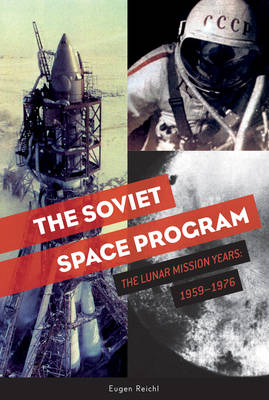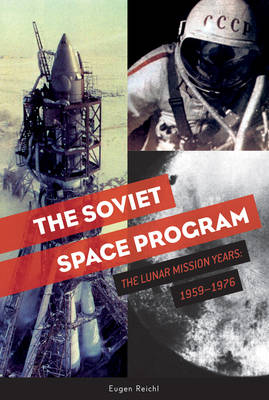
Door een staking bij bpost kan je online bestelling op dit moment iets langer onderweg zijn dan voorzien. Dringend iets nodig? Onze winkels ontvangen jou met open armen!
- Afhalen na 1 uur in een winkel met voorraad
- Gratis thuislevering in België vanaf € 30
- Ruim aanbod met 7 miljoen producten
Door een staking bij bpost kan je online bestelling op dit moment iets langer onderweg zijn dan voorzien. Dringend iets nodig? Onze winkels ontvangen jou met open armen!
- Afhalen na 1 uur in een winkel met voorraad
- Gratis thuislevering in België vanaf € 30
- Ruim aanbod met 7 miljoen producten
Zoeken
€ 28,45
+ 56 punten
Uitvoering
Omschrijving
The N1 was the booster rocket for the Soviet manned moon program and was thus the direct counterpart of the Saturn V, the rocket that took American astronauts to the moon in 1969. Standing 345 feet tall, the N1 was the largest rocket ever built by the Soviets and was roughly the same height and weight as the Saturn. Though initially ahead of the US in the space race, the Soviets lagged behind as the pace for being first on the moon accelerated. Massive technical and personnel difficulties, plus spectacular failures, repeatedly delayed the N1 program. After the successful American landings on the moon, it was finally canceled without the N1 ever achieving orbit. The complete history of this rarely known Soviet program is presented here, starting in 1959, along with detailed technical descriptions of the N1's design and development. A full discussion of its attempted launches, disasters, and ultimate cancellation in 1974 completes this definitive history.
Specificaties
Betrokkenen
- Auteur(s):
- Uitgeverij:
Inhoud
- Aantal bladzijden:
- 160
- Taal:
- Engels
- Reeks:
- Reeksnummer:
- nr. 2
Eigenschappen
- Productcode (EAN):
- 9780764356759
- Verschijningsdatum:
- 28/03/2019
- Uitvoering:
- Hardcover
- Formaat:
- Genaaid
- Afmetingen:
- 155 mm x 231 mm
- Gewicht:
- 657 g

Alleen bij Standaard Boekhandel
+ 56 punten op je klantenkaart van Standaard Boekhandel
Beoordelingen
We publiceren alleen reviews die voldoen aan de voorwaarden voor reviews. Bekijk onze voorwaarden voor reviews.











